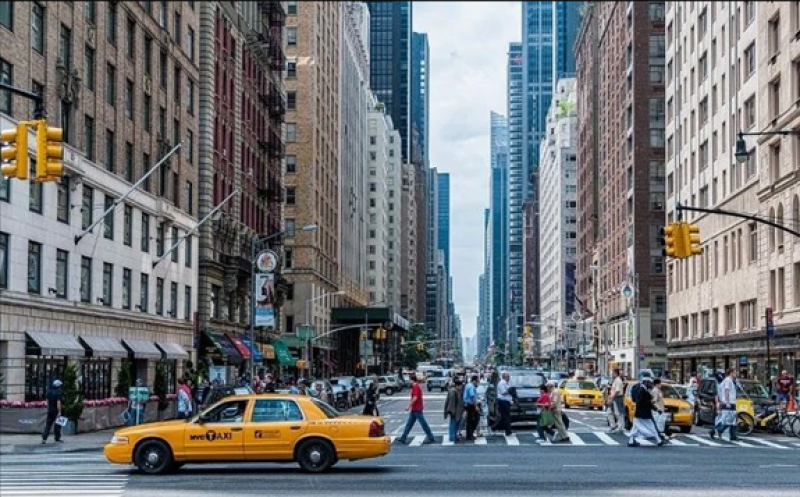After several other cities in the United States, the City Council of New York passed a law banning the use of natural gas in most new buildings.
 Foto: Pixabay
Foto: Pixabay
Construction projects submitted for approval from 2027 will have to use electricity instead of gas or fossil fuels for heating.
In the most populated American city, with 8.8 million inhabitants, the new building will use sources like electricity for cooking and heat, not fossil fuels. That will reduce carbon emissions by about 2.1 million tons by 2040, equivalent to the annual emissions of 450,000 cars – specified environmental advocacy group RMI, which analyzed gas emissions in New York.
The law will enter into force in 2023 for buildings up to seven stories and in 2027 for construction projects over seven stories high. Hospitals, commercial kitchens, laundromats, and certain manufacturing activities will be exempted from the law.
Prohibition of the use of gas as a method in the fight against climate change.
Environmental groups have welcomed the new law as a necessary step in the fight against climate change. The joint statement emphasized that the use of gas obtained by fracking is one of the main impacts of climate change, and the estimated cause of premature death is about a thousand New Yorkers every year, Reuters reported.
“When the largest city in the country takes this type of concrete action and shows bold climate leadership, we believe other cities, states and countries will take notice and act accordingly,” said Lisa Dix, New York director for the Building Decarbonization Coalition, an environmental advocacy group, Reuters reports.
New York City has stopped investing more in gas infrastructure – while about 45 percent of its electricity this year came from gas.
According to US federal energy data, in New York state, 29% of electrical energy has been obtained from nuclear power plants, 22% from hydropower, and 4% from oil.
In May 2020, the state of New York challenged the water permit for the construction of the gas pipeline for the supply of the Northeast Supply Enhancement gas pipeline, a project worth $1.4 billion. The reason behind this is that the long-term investments in gas infrastructure could jeopardize climate goals and increase the financial risk for customers.
Heating in the Big Apple is responsible for 40 percent of greenhouse gas emissions.
According to the environmental advocacy group RMI, the state of New York consumes more fossil fuels in residential and commercial buildings than any other US state, and the buildings in the city of New York are responsible for a significant part of that consumption. Combustion of space heating fuel accounts for almost 40 percent of the total greenhouse gas emissions in New York City.
This winter, the average household in the northeastern United States is expected to pay $1,538 for electric heating, while households that heat with gas will have a bill of $865.
Opinions differ on the future of natural gas use in the United States
Dozens of smaller cities have also banned the connection of natural gas to new buildings, and San Francisco and Seattle are moving towards that – on the path to achieving carbon neutrality. On the other hand, the states of Texas and Arizona have banned the cities themselves from implementing such decisions, taking the position that consumers have the right to choose their energy sources.
The oil and gas industry opposes this law, explaining that using gas to heat space in combination with hydrogen and landfill gas would reduce consumer costs and emissions. “We share the commitment to greatly reducing emissions, but the pipelines that deliver natural gas today and zero-carbon fuels like hydrogen and renewable natural gas in the future will be essential to meet any environmental goal,” said Karen Harbert, chief executive of the American Gas Association, Reuters reported.